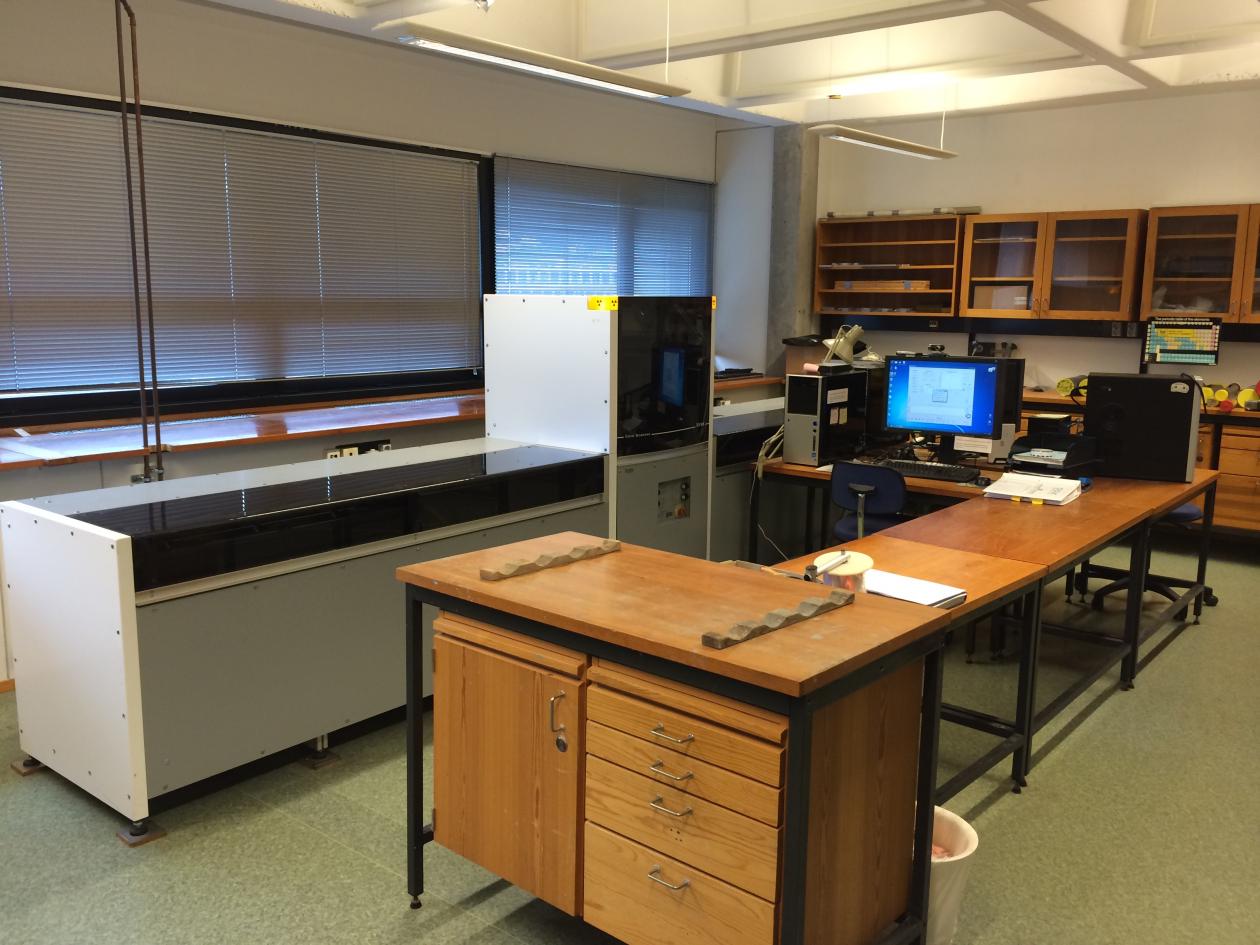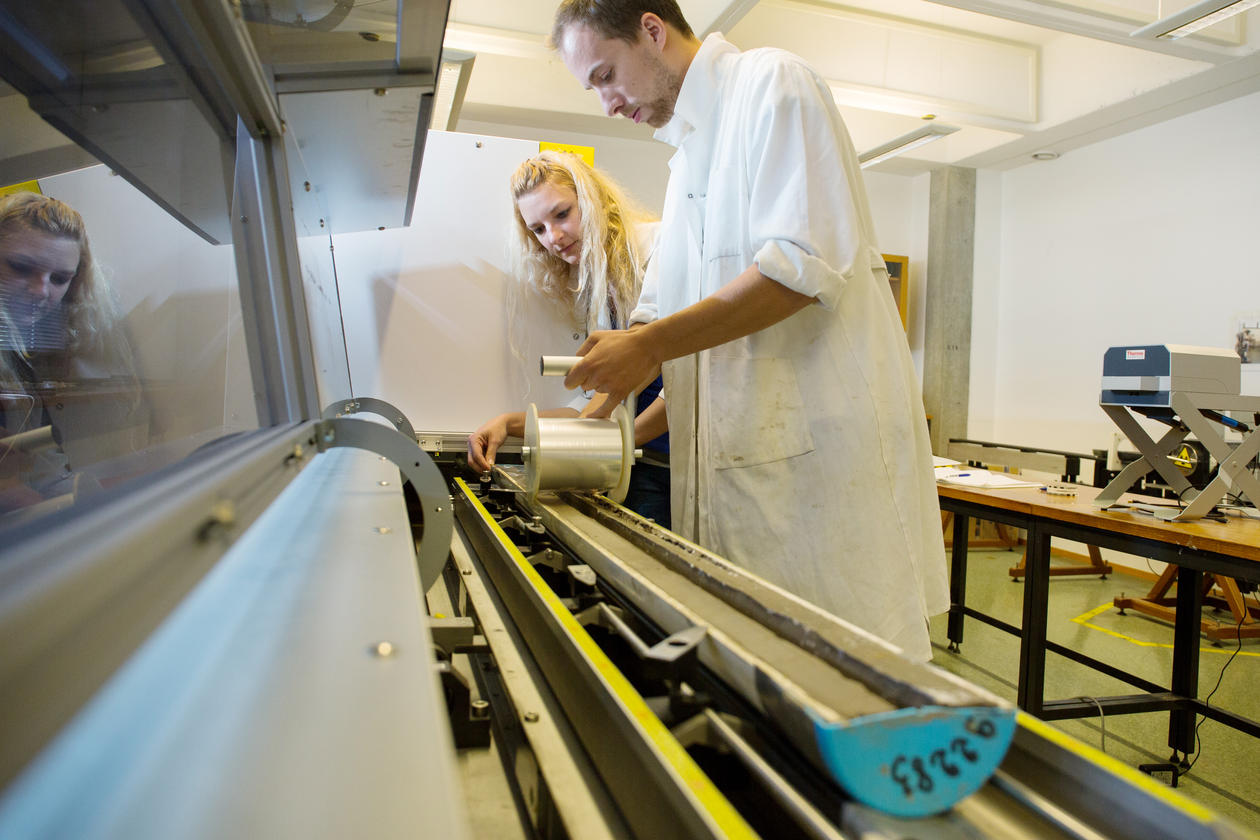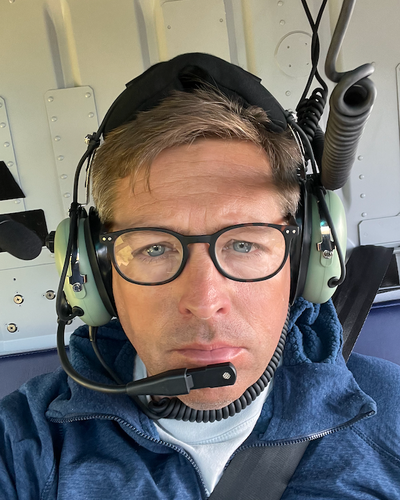Scanner-lab
Hovedinnhold
ITRAX X-Ray Fluorescence (XRF) scanner
The ITRAX XRF core scanner combines X-ray reflectance (XRF), radiographic X-Ray imaging and optical imaging (RGB, 3x2000 pixels). Cores of up to 1750 mm in length between 60-120 mm in diameter can be scanned along their entire length at resolutions of up to 200 μm. XRF core-scanning is a fast and non-destructive analytical method for semi-quantitatively determining the elemental composition of samples. The ITRAX scanner can be fitted with Chromium (Cr) or Molybdenum (Mo) X-Ray tubes to produce element profiles in the range between Al and Pb. The output data are often considered a semi-quantitative measurement of elemental composition due to possible absorption or scattering caused by down core variability in e.g. water content, grain size, mineralogy and surface roughness, which may all influence precision [1].
[1] Croudace, I.W., Rindby, A. & Rothwell, R.G. in New Techniques in sediment Core Analysis (ed. R. G. Rothwell), The Geological Society, 2006.
GEOTEK Multi-Sensor Core Logger (MSCL-S)
The Multi-sensor core logger (MSCL-S) enables down-core measurements of gamma-ray attenuation, P-wave velocity, Magnetic Susceptibility, in addition to providing a line scan RBG image of sediment cores. The scanning is fast and non-destructive and commonly used for core-to-core correlation. Split or whole cores of up to 150 cm in length and 5-15 cm in diameter can be measured with a maximum resolution of 2 mm. Sensors include the Bartington MS2C loop sensor (Ø: 70mm and 125mm) and a Bartington MS2E point sensor for Magnetic Susceptibility measurements, an acoustic rolling contact transducer for P-wave measurements and a line scan camera (3x2048 pixels) for RBG images. Bulk density is calculated using the attenuation of gamma rays emitted by a Cesium137 source.
Specim Single Core hyperspectral Scanner (SCS)
The Specim Single Core Scanner (SCS) is a fast and non-destructive hyperspectral scanner designed for the study of lake sediment cores. The setup at EARTHLAB includes a VNIR (400-1000nm) range camera, suitable to detect organic compounds in split sediment cores. The SCS measures hundreds spectral bands (96-768 adjustable by binning), producing a hyperspectral image with 40-90 μm pixel size. Sample size is limited to 130*1500*75mm.



